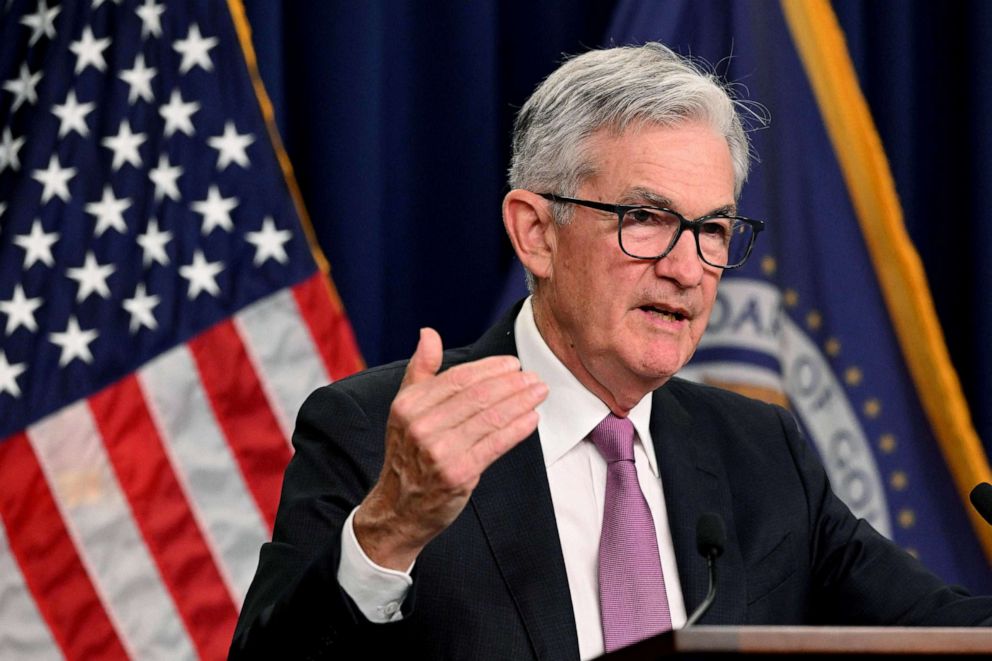[ad_1]
Inflation data released on Tuesday revealed that prices rose slightly in August, worsening the cost woes for U.S. households as the Federal Reserve readies to decide on another interest rate hike next week.
The data calls into question whether inflation has peaked.
On a monthly basis, the consumer price index rose 0.1% in August, inching upward from the flat month-to-month movement in July, according to the Bureau of Labor Statistics.
The consumer price index, or CPI, rose 8.3% over the past year in August, a slight slowdown from 8.5% in July, according to the bureau.
The data arrives little more than a week before Federal Reserve officials meet to determine what investors expect to be another borrowing cost increase aimed at fighting inflation.
The Fed has instituted a series of aggressive interest rate hikes in recent months as it tries to slash price increases by slowing the economy and choking off demand. But the approach risks tipping the U.S. into an economic downturn and putting millions out of work.
The rate increases appear to have slowed key sectors of the economy, sending mortgage rates higher and slowing the construction of new homes, for instance.
But other indicators suggest the U.S. economy continues to hum. U.S. hiring fell from its breakneck pace but remained robust in August, with the economy adding 315,000 jobs and the unemployment rate rising to 3.7% as more people sought work, according to data released by the Bureau of Labor Statistics in early September.

Federal Reserve Board Chairman Jerome Powell speaks during a news conference in Washington, D.C., July 27, 2022.
Mandel Ngan/AFP via Getty Images, FILE
Speaking at a conference held by the conservative-leaning Cato Institute, Fed Chair Jerome Powell said Thursday that the central bank must act “forthrightly, strongly” to dial back inflation, leading many economists to expect another 75-basis point interest rate hike from the central bank later this month.
The Fed is performing a “delicate balancing act,” said Scott Schuh, an economics professor at the University of West Virginia. “The Fed is raising rates but trying to avoid an increase in the unemployment rate.”
“It seems somewhat reasonable to expect the inflation rate to continue to come down for the next few months and quarters,” he added.
Prices in some areas of the economy have already fallen significantly.
The national average price for a gallon of gas stood at $3.72 on Monday, having fallen well below a peak of $5.01 in mid-June, according to AAA.
Consumer expectations for inflation have fallen significantly too, according to data released by the New York Federal Reserve on Monday.
In August, the median of consumer responses showed that they expect inflation to fall to 5.7% in one year and 2.8% in three years, a New York Federal Reserve survey showed. Those figures were down from 6.2% and 3.2%, respectively, in July.
[ad_2]
Source link
